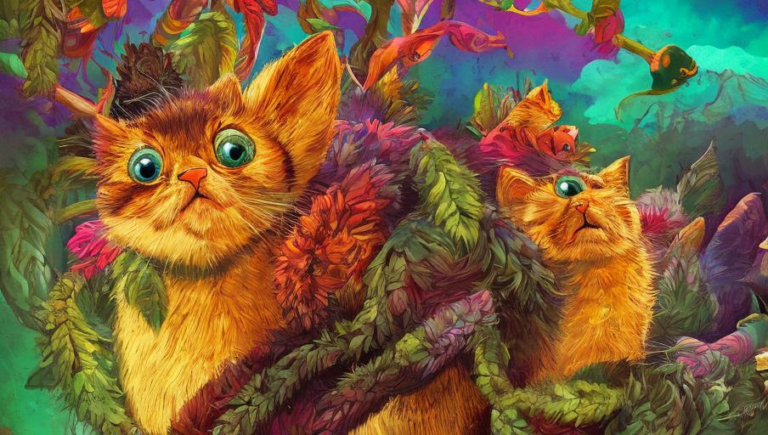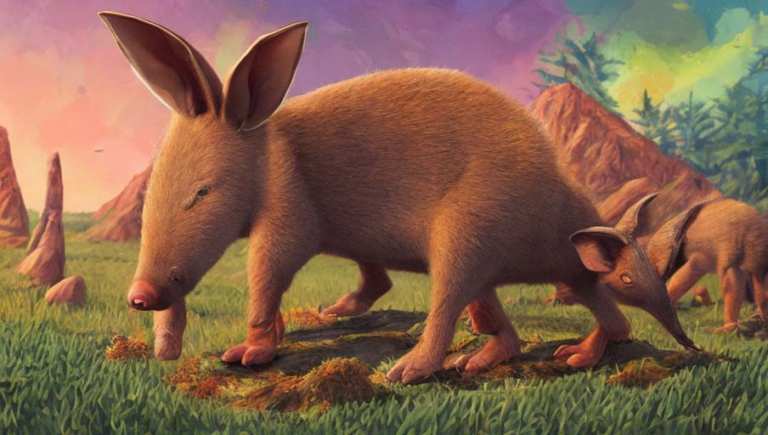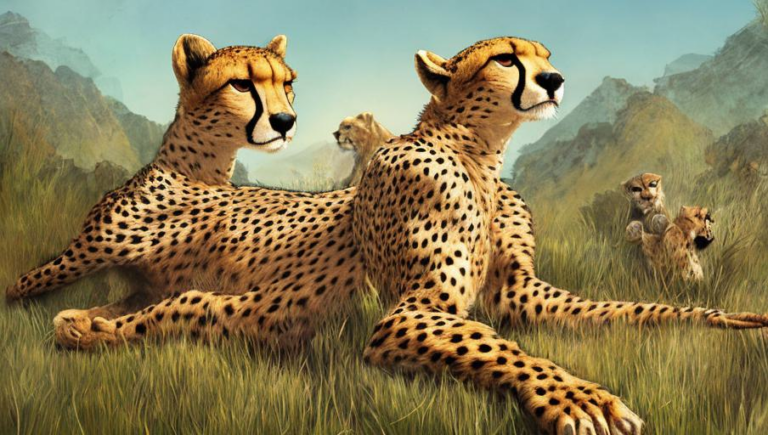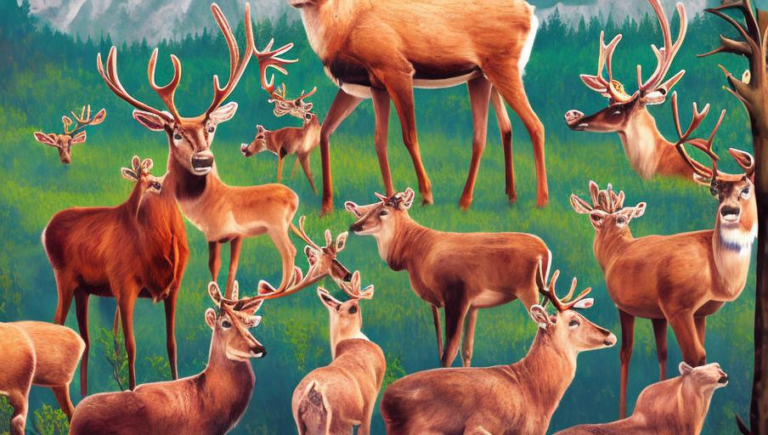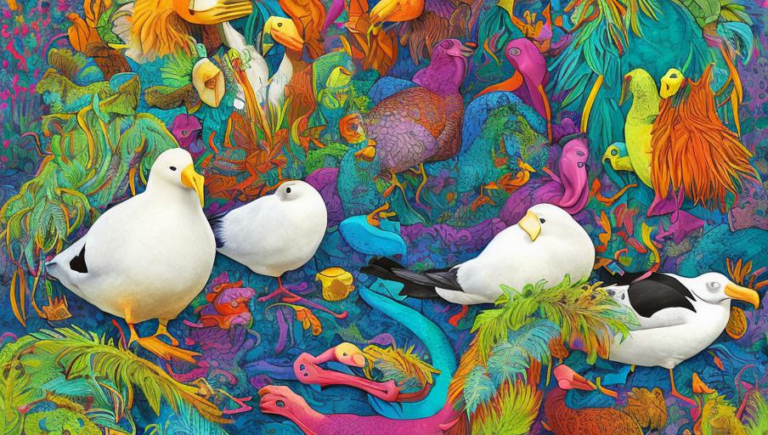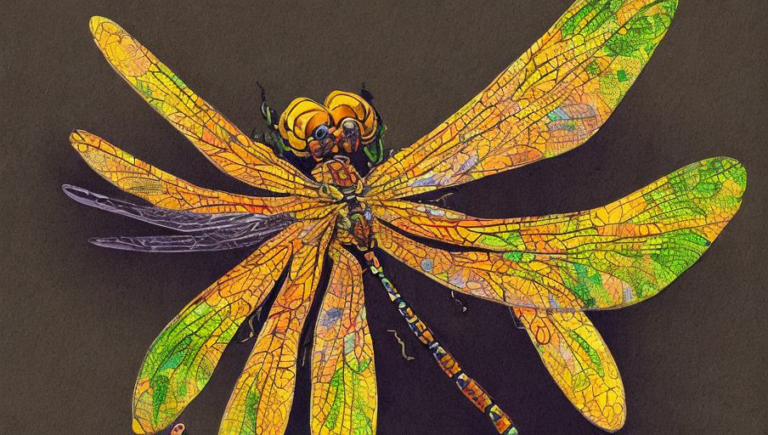Off the Beaten Path: Albatross Conservation Efforts
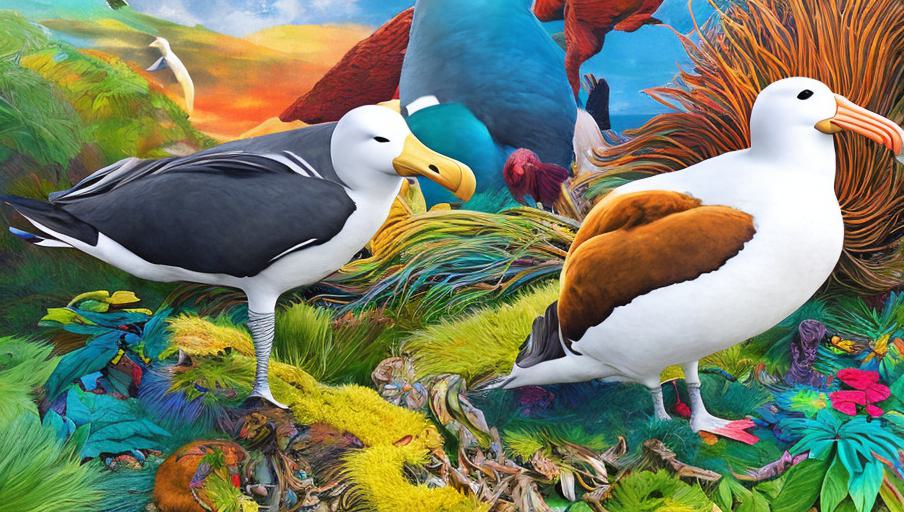
Off the Beaten Path: Albatross Conservation Efforts
Albatrosses are some of the most majestic and awe-inspiring birds on the planet. With a wingspan that can reach up to 11 feet, they have a presence that is unrivaled in the animal kingdom. Unfortunately, albatrosses are also among the most threatened species on the planet. From habitat destruction to plastic pollution, these birds are facing a number of threats that are endangering their populations. Fortunately, there are a number of dedicated conservation efforts that are working to protect these beautiful creatures from extinction.
Habitat Destruction
Albatrosses are facing threats from habitat destruction due to human activities. Development and agriculture are having a serious impact on the albatross’s natural habitat, particularly in the Southern Ocean around Antarctica. In addition, the introduction of non-native species to the islands where albatrosses live is having a major impact on the birds. Non-native species, such as cats and rats, can prey on albatross chicks and eggs. As a result, the number of albatrosses is declining in some parts of the world due to this type of habitat destruction.
Fishing and Bycatch
Fishing and bycatch are also having a major impact on albatross populations. Longline fishing operations are particularly dangerous for the birds, as they can get caught in the lines and drown. Additionally, albatrosses often mistake floating plastic for food, which can be deadly for them. As a result, the albatross population is declining in many parts of the world due to these threats.
Conservation Efforts
Fortunately, there are a number of conservation efforts in place to protect albatrosses. The Albatross Task Force, an international conservation organization, is working to reduce the threat of bycatch and plastic pollution by educating fishermen and monitoring their operations. They are also working to protect albatross habitats by reducing the threat of non-native species and encouraging responsible development. Other organizations, such as BirdLife International, are also working to protect albatrosses and other seabirds by promoting responsible fishing practices and providing more marine protected areas.
What You Can Do
There are a number of things that individuals can do to help protect albatrosses. One of the most important things is to reduce plastic use and properly dispose of any plastic waste. Additionally, individuals can donate to organizations that are working to protect albatrosses and other seabirds. Finally, individuals can spread awareness of albatross conservation by talking to their friends and family about the threats facing the birds.
Albatrosses are some of the most beautiful and majestic birds on the planet. Unfortunately, they are facing a number of threats that are endangering their populations. Fortunately, there are a number of dedicated conservation efforts that are working to protect these creatures from extinction. By reducing plastic use, donating to organizations that are working to protect albatrosses, and spreading awareness of the threats facing the birds, individuals can help protect these magnificent creatures for future generations.
